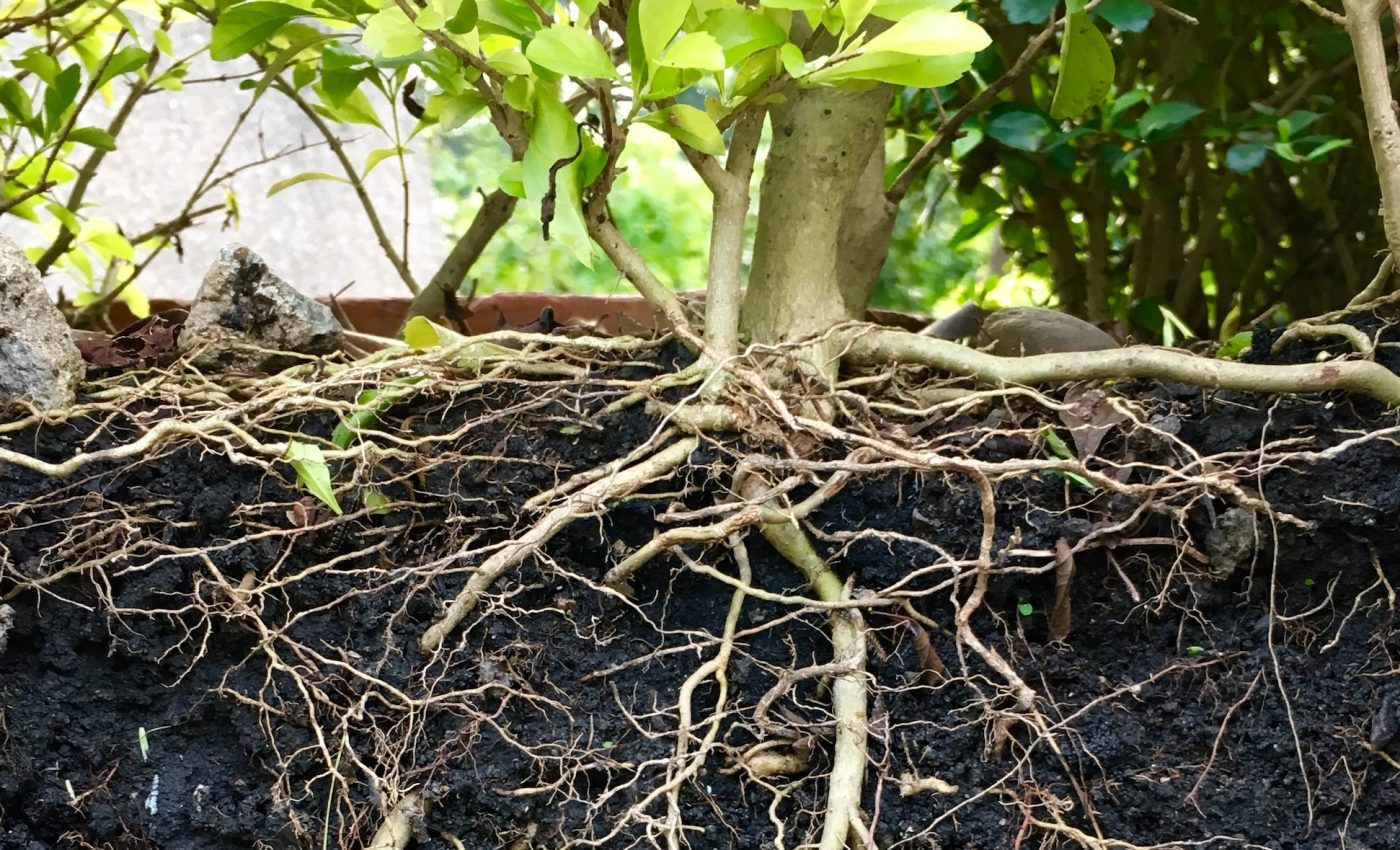
How plants alter their roots to adjust to soil moisture
A new study from the University of Nottingham has revealed that plant roots can sense the availability of moisture in the surrounding soil and adapt their shape for optimal water uptake. The discovery could lead to the development of crops that can adapt to changing environmental conditions such as water scarcity.
Roots are critical in providing plants with water and soluble nutrients from the soil. Water is required for plant growth, but acquiring moisture from the soil can be very challenging in dry conditions. While it was already known that plants can adapt to different soil moisture conditions by altering their root structure, it was not fully understood how they manage to do so.
Using an adaptive response known as “hydropatterning,” branches are formed when the plant roots are in direct contact with soil moisture. The researchers discovered that hydropatterning is controlled by a branching master gene called ARF7.
“Plants are relatively immobile and therefore their growth and development is very much dependent on their environment. Our research has identified the particular protein which can modify, and even inactivate root branching, therefore limiting plant growth and development,” explained Professor Ari Sadanandom from Durham University.
“This is hugely exciting as it opens up the possibility for us to adapt this protein interaction and potentially develop plants that could continue to branch roots even in challenging conditions such as water scarcity.”
The study revealed that plant roots lacking ARF7 were no longer able to hydropattern. The researchers determined that when roots are exposed to moisture, ARF7 stays active and promotes root branching. When exposed to the air, however, ARF7 is deactivated and root branching is blocked.
“Water is critical for plant growth, development and, ultimately, their survival. Surprisingly, understanding how plants sense water availability has eluded scientists until now,” said Professor Malcom Bennett.
“By studying how plant roots modify their branching in response to water availability, we have uncovered a novel molecular mechanism. This represents a major step forward and opens the way for breeders to develop new crops better adapted to climate change and helping deliver global food security.”
The study is published in the journal Science.
—
By Chrissy Sexton, Earth.com Staff Writer












